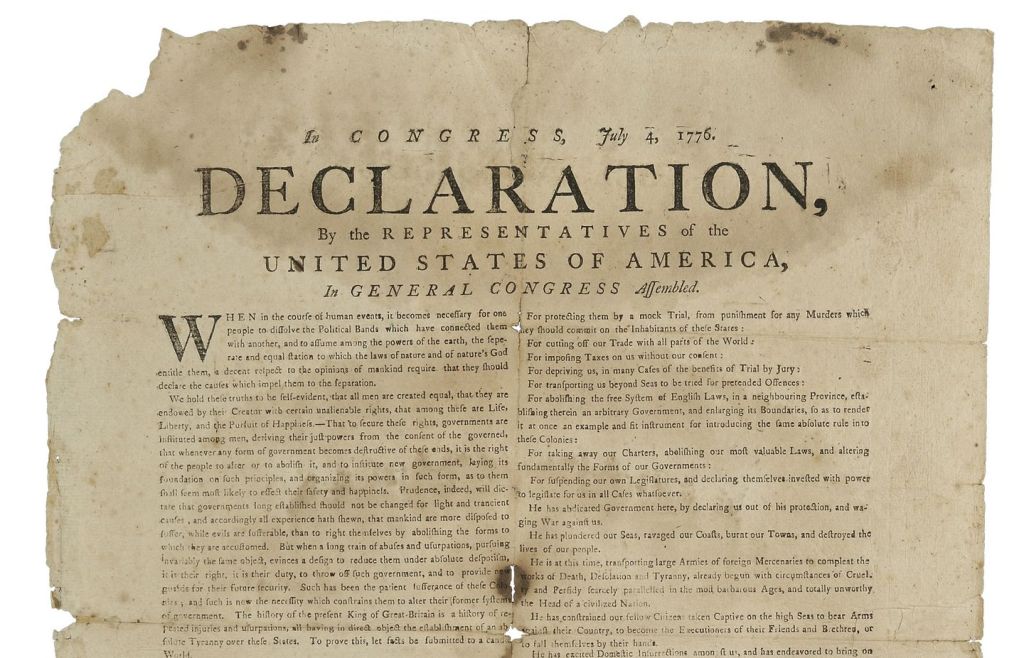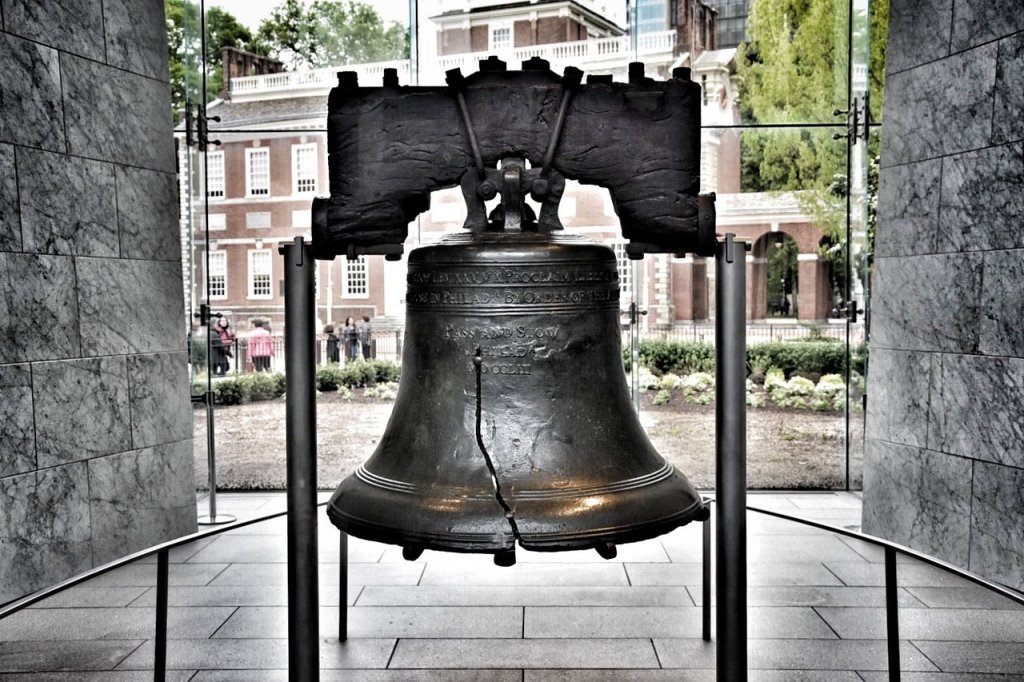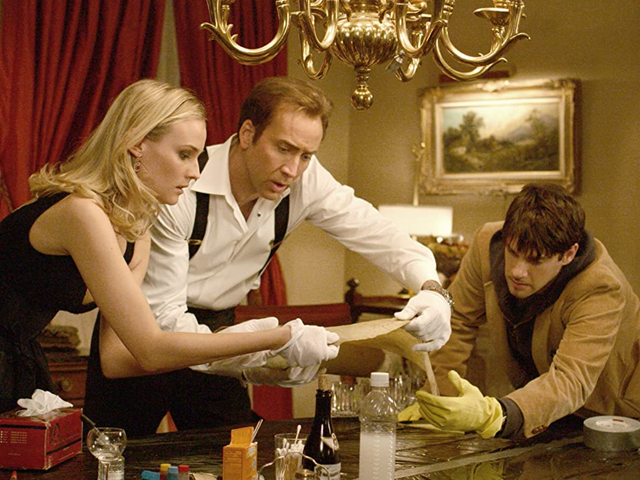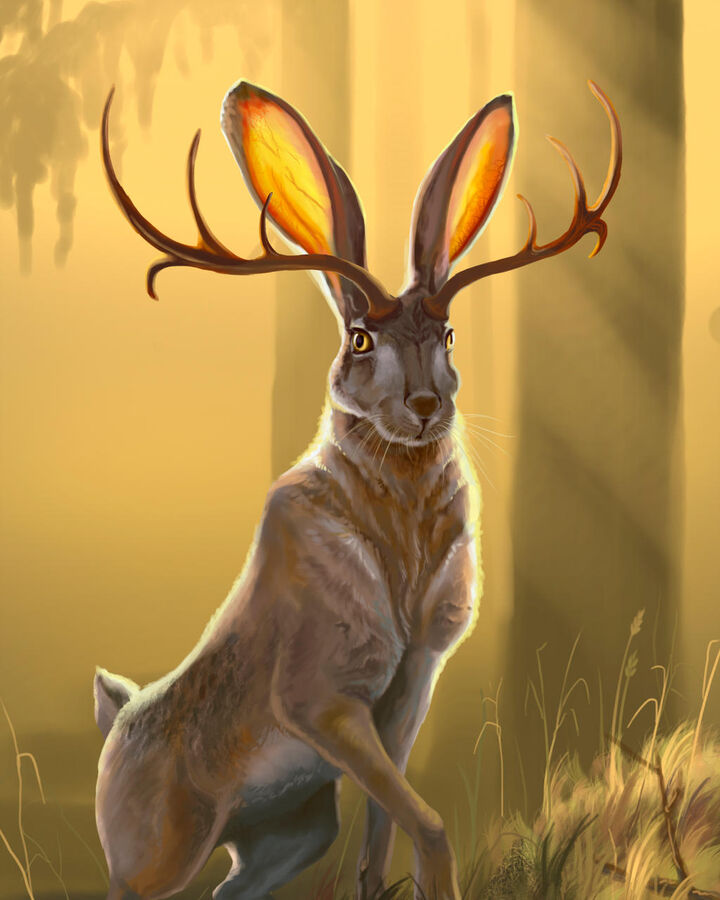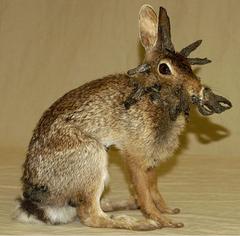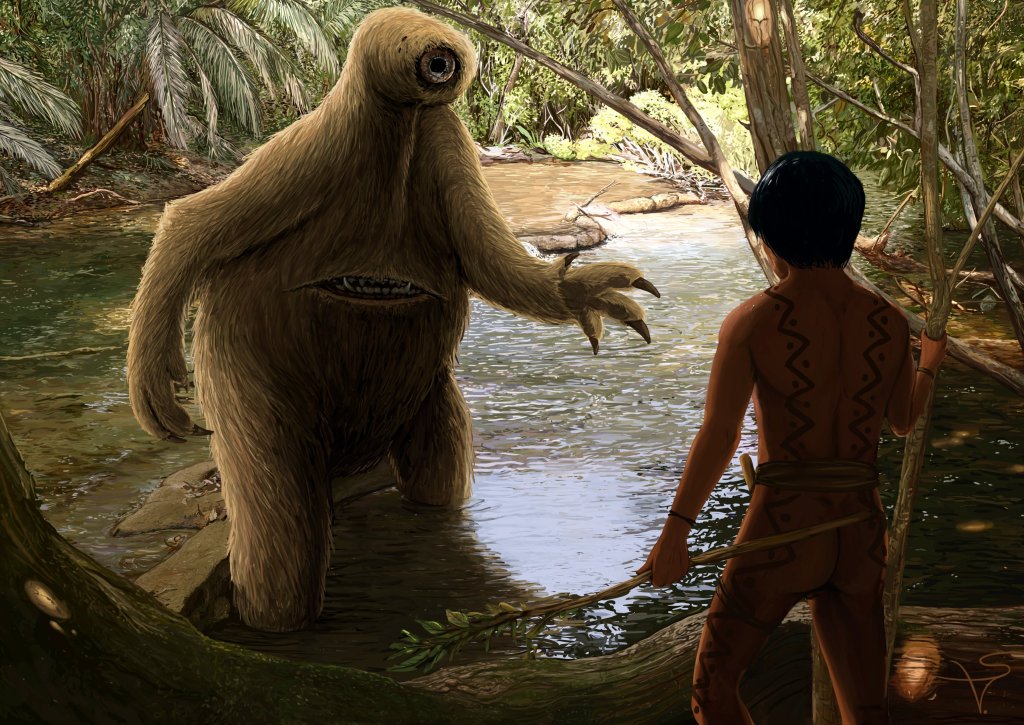
According to Brazilian stories, the Mapinguari was once an Amazonian shaman who discovered the key to immortality. He angered the gods and was punished, forcing him to wander as a hairy beast for the rest of his long days. But what is this strange creature?
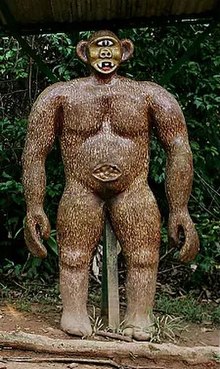
This creature has been described as a primate with a thick body. It would walk on two legs, had a flat snout and robust claws. When it would rear up to its full height, it would emit an extremely foul odor.
It sometimes is described to have a single eye in the center of its forehead – like a Cyclops and a mouth in its abdomen. Historians note that the single eye appears predominantly in older legends and has been lost as time progressed.

The creature is said to walk bipedally, but it is often unsteady. While it looks large and intimidating, the animal feeds on the vegetation of the forest it lives in – such as bacaba and babassu palms.
The animal is known to scream and shriek. Its name is actually derived from this. Mapinguari is usually translated as “the roaring animal.”

Megatherium is a genus of extinct ground slots that lived in South America from the Pleistocene to the Holocene (400,000 to 8,000 years ago). These animals grew up to 4 m and coexisted with the first human colonists in the Americas.
Megatherium was a giant ground sloth with a long thick coat that was used as protection in the colder climates of the last glacial period. This animal had a large barrel-like body and would be able to switch between quadrupedal and bipedal movement.

Much like the Mapinguari, Megatherium has a long, shaggy coat. It has a robust body and can move between two and four legs. The face of both creatures is squat, with Megatherium ending a large nose. The long claws on its hands are another clue that these animals are linked.
The large scythe-like claws found within the family are sloths are fairly unique. Yet they appear in almost every description of the Mapinguari. These large claws were used in ground sloths to pull branches toward the creature for feeding. Most likely the same could be said for the Mapinguari.

Often the Mapinguari is depicted with a second mouth on its stomach. This could have been mistaken for the large muscles that help make up the body. Giant sloths would have had giant pectoral and abdominal muscles. These may have been seen through the shaggy fur.
When the first humans encountered these large animals, it could have been mistaken for a close maw on the stomach.
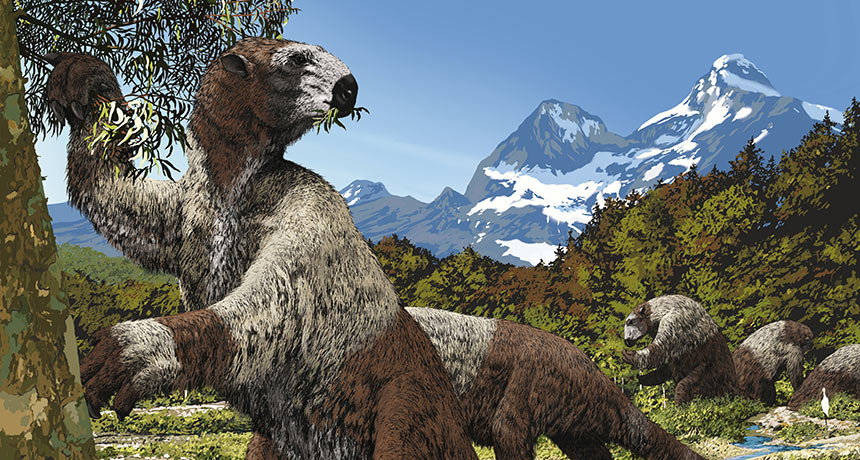
However the legend of the Mapinguari came about, these creatures are fascinating. If you would like to learn more about fossil sloths, check out @slothgirlmel on Twitter!
Sources:
https://cryptidz.fandom.com/wiki/Mapinguari
https://www.baltimoresun.com/news/bs-xpm-1995-01-13-1995013206-story.html
H. Gregory McDonald, Gerardo de Iuliis: Fossil history of sloths. In: Sergio F. Vizcaíno, WJ Loughry (Ed.): The Biology of the Xenarthra. University Press of Florida, 2008, pp. 39-55.
Bell, C. M. (March 2002). “Did elephants hang from trees? – the giant sloths of South America”. Geology Today. 18 (2): 63–66.
Fiedel, Stuart (2009). “Sudden Deaths: The Chronology of Terminal Pleistocene Megafaunal Extinction”. American Megafaunal Extinctions at the End of the Pleistocene. Vertebrate Paleobiology and Paleoanthropology. pp. 21–37.

